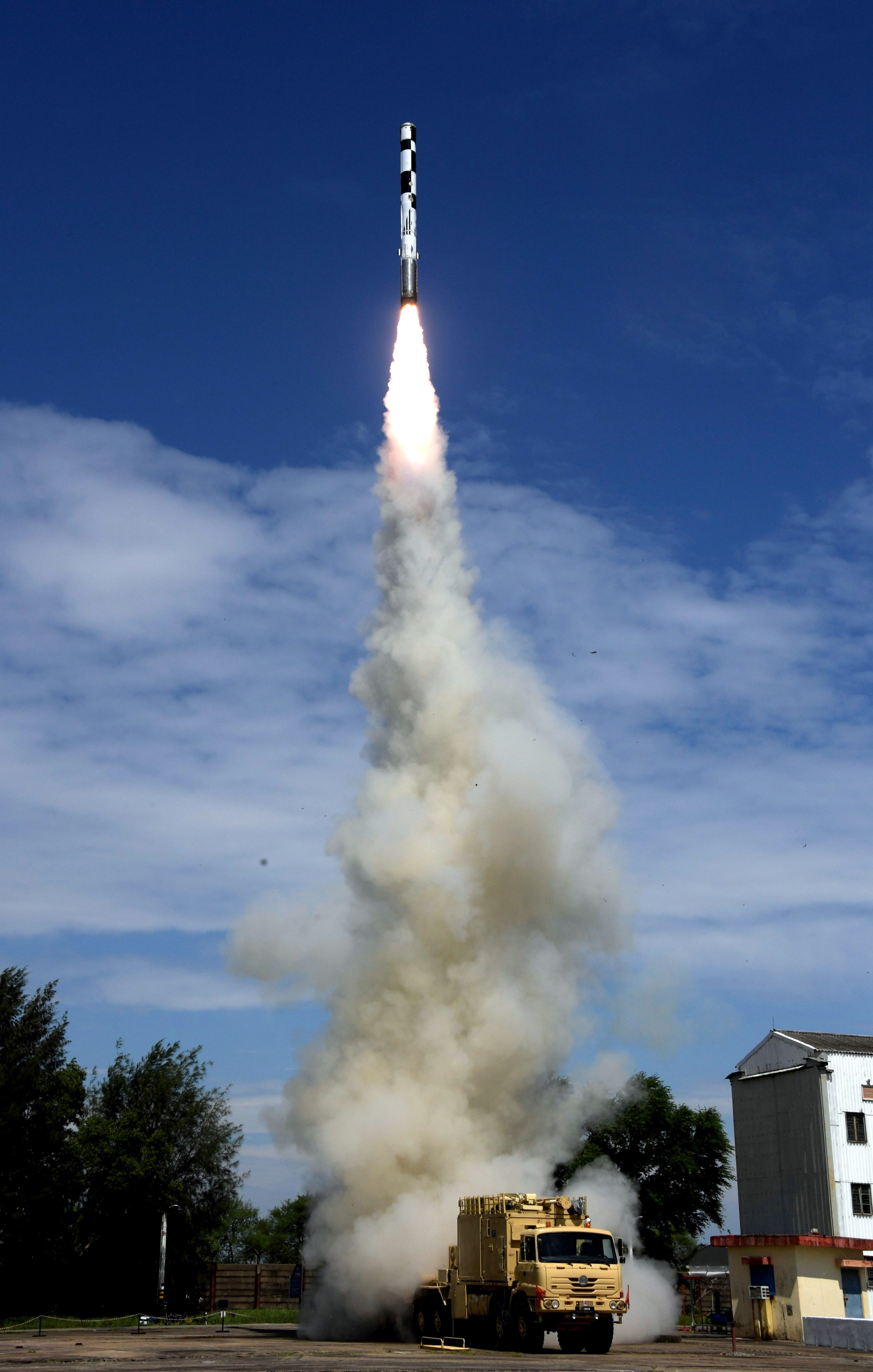Since May 2020, the Indian Army and the Chinese PLA have been engaged in a bitter standoff at one of the harshest terrains in the world, Ladakh.
A place where one can get a sunburn and frostbite at the same time, matters do get serious especially with the onset of winters. The situation further worsens with the mass buildup of soldiers and military equipment.
It is no secret that the Indian Armed Forces are one of the most experienced armies in mountain warfare, having an active military presence even in Siachen Glacier – the highest battlefield on Earth.
They are further complemented by the Indo-Tibetan Border Police (ITBP), the one-of-its-kind paramilitary organization with expertise in high-altitude patrolling.
India has fought seven major wars and conflicts in the Himalayas and is constantly engaged in COIN and CT (Counter-Insurgency and Counter-Terrorism) operations. On the contrary, the PLA has the advantage of better technology and rapid transport infrastructure in the region but is restricted by the disadvantages of distant high-altitude airfields and experience.
Both nations have deployed highly destructive surface-to-surface cruise missiles which play a major role in acting as a deterrent for a full-scale escalation along the borders. The Indian deployment of BrahMos (supersonic) and Nirbhay (subsonic, nuclear-capable) cruise missiles, has made the PLA top brass uneasy.

Beijing has warned India against this deployment and has reciprocated by increasing its own missile deployments, calibrated to hit targets across the LAC. It is quite apparent that China does not take the deployment of BrahMos lightly.
BrahMos – Supersonic Cruise Missile
BrahMos is arguably “the only operational” and most versatile supersonic cruise missile in the world, having ship-launched, submarine-launched, air-launched, and terrain-launched variants for use by all three services.
Having a range of 300 kilometers and being supersonic all through flight, the missile can hit its target with pinpoint accuracy. Interestingly, India’s entry into the Missile Technology Control Regime (MTCR) has allowed for range-extension projects, and the country successfully tested the first extended-range BrahMos last year in September.
The range increases considerably when fired from an aerial platform, and in 2017 the Indian Air Force successfully tested a trisonic-class missile against a sea target.
The IAF announced the complete integration of BrahMos-A, the air-launched variant to the Su-30MKI in December 2019.
According to the BrahMos Aerospace Pvt Ltd, a joint venture between India and Russia responsible for the development of the missile, BrahMos provides many additional features compared to contemporary missiles such as 9 times more kinetic energy, 3 to 4 times more seeker range, 2.5 to 3 times more flight range, and 3 times more velocity.
The missile also stands out in terms of ‘fire and forget’ principle of operation, high supersonic speed all through the flight, modularity, a lower radar signature, quicker engagement and reaction time, and pinpoint accuracy with high lethal power aided by large kinetic energy on impact.
Why Speed and Agility Matter
The prime feature of the BrahMos missile is its supersonic speed, which enables it to surpass most air defense systems in the world. In addition, it is designed to have a low radar signature, enhancing its survivability.
When the missile approaches the target, it performs an ‘S’ maneuver to decrease its probability of being intercepted. The successive variants employ even more complicated steep dive maneuvers to engage targets behind a mountain range.
BrahMos Aerospace is also working on BrahMos-II, a hypersonic (Mach 8) version of the missile having a range of over 600 kilometers. A shorter, lighter ‘NG’ variant is also being developed having the same range and speed as the current system.
Being lighter and more advanced, this variant will be ideal for arming IAF aircraft for precision strikes, and even the new P-75I class of submarines.
The Indian Navy has deployed warships in the South China Sea armed with BrahMos missiles, and also enjoys dominance over the Malacca Strait having its military bases in the Andaman Islands in close proximity to this vital chokepoint. This firepower edge provides the Indian warships with immense capabilities and a credible deterrence against the increasingly dominant and aggressive behavior of China.
The deployment of the BrahMos shows “India’s unstoppable greedy ambition to encroach on western China’s territory”, Song Zhongping, a Chinese military expert was quoted as saying Global Times, thus putting the entire onus of the conflict on New Delhi even as Beijing stays non-committal on the de-escalation matter.
Indian military expert who did not wish to be named said BarhMos cruise missile, by far, is the most powerful weapon deployed by the Indian Army along the disputed border. There is no doubt that the supersonic missile can wreak havoc on enemy defenses and military bases, but its deployment means adding more tensions on the border as China would now be forced to deploy similar missiles along the LAC.
- Contact the author at werewolfrox@gmail.com
- Follow EurAsian Times on Google News